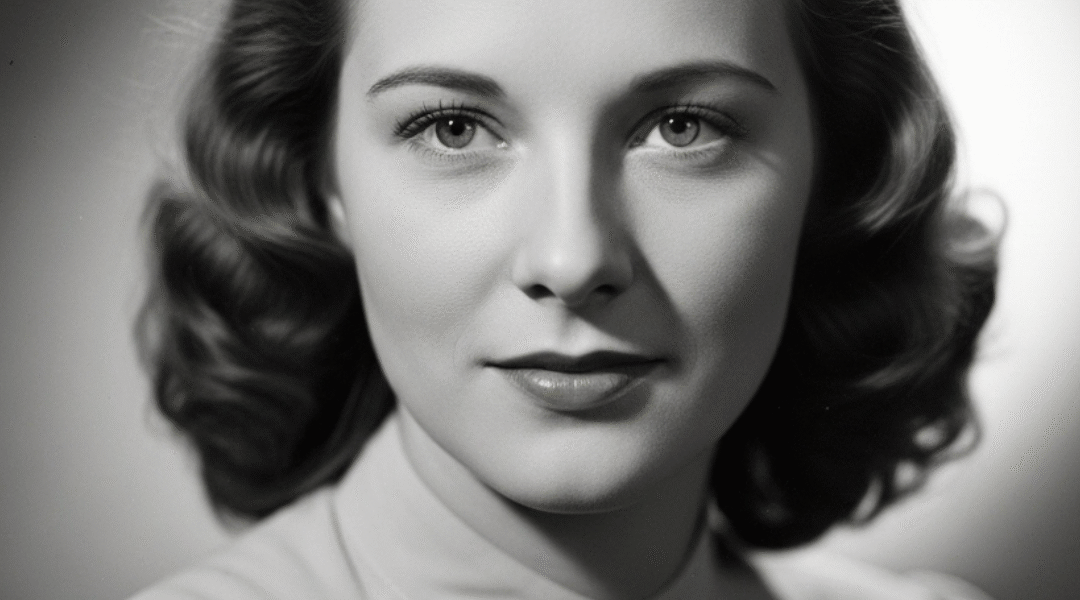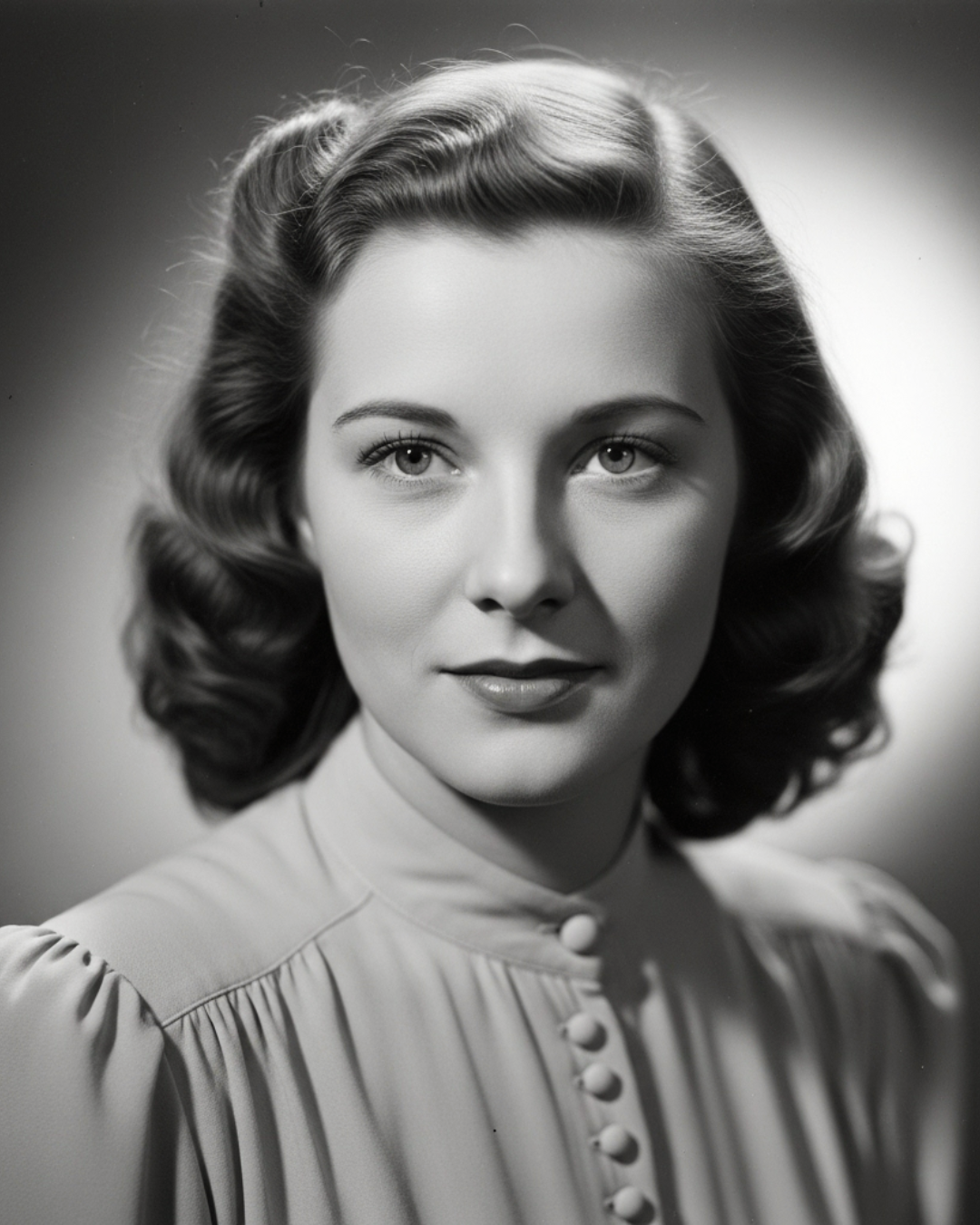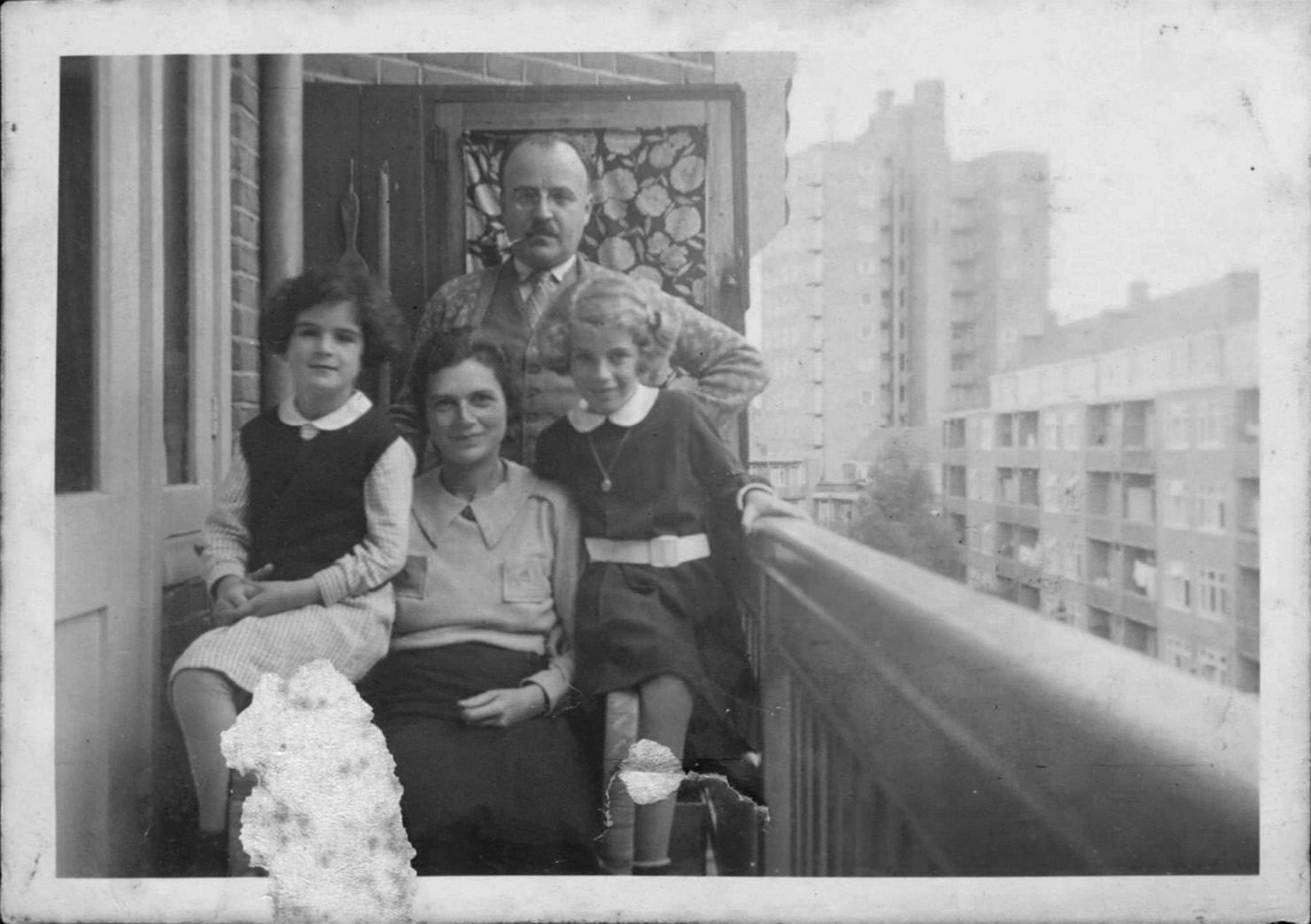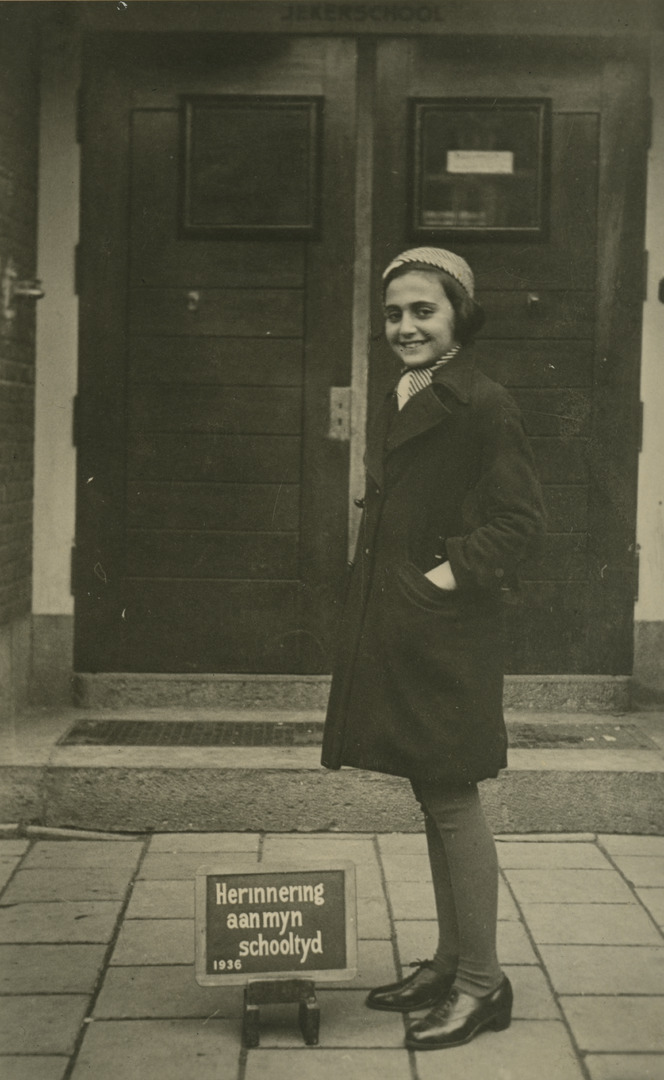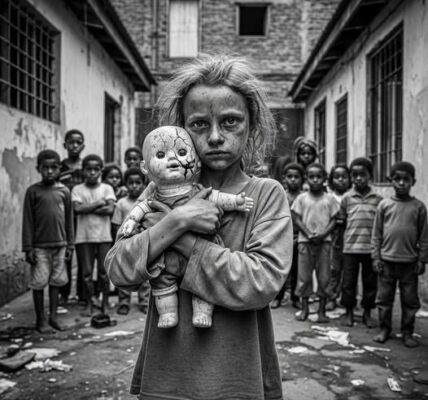Barbara Ledermann: the shadow and the light of a forgotten heroine of the Second World War
Barbara Ledermann was born in Berlin on September 4, 1925, in a Europe that, unbeknownst to it, already carried the seeds of chaos. She came from a cultured Jewish family, where a love of words and music punctuated daily life. Her father, Franz Ledermann, was a lawyer passionate about justice, but also a talented violinist. Her mother, Ilse, wrote, thought, dreamed—a free-spirited woman, the likes of whom were rare in pre-war Germany. Around them, books piled high, musical scores were opened, and the laughter of the two girls, Barbara and Sanne, filled the apartment with a peaceful light. No one, then, could have imagined that this harmony would be swept away by the brutality of history.
When Adolf Hitler came to power in 1933, the Ledermanns quickly realized that the music of their world had stopped. Their names, their faith, their very existence became offenses in the eyes of the regime. So, in a desperate attempt to survive, they fled to the Netherlands. Amsterdam initially seemed like a refuge, an island of tolerance in the heart of a Europe that was closing in on itself. Barbara, barely a teenager, discovered the newfound freedom of the canals, the gentle sounds of the markets, and above all, the sincere friendship of a girl her own age: Margot Frank. Sanne, her younger sister, became close to Anne Frank. Two families, two destinies soon intertwined in the turmoil of the Second World War .
The evenings in Amsterdam were still sweet, filled with laughter and confidences. People talked about the future, about dancing, about dreams of writing. No one wanted to believe in the war, in that distant rumor rumbling from the East. But the shadow was slowly spreading. And when the German army entered the quiet streets of the city in May 1940, Barbara felt, for the first time, the chill of fear seep into her skin.
Anti-Jewish laws multiplied. Friends’ faces faded into the distance. Doors were closed, laughter stifled. In 1942, the Franks disappeared into hiding. Shortly after, it was the Ledermann family’s turn to experience the horror of deportation. Barbara’s parents and her sister Sanne were arrested and sent to Auschwitz. There, behind the barbed wire, the music fell silent forever.
Barbara, however, refused to remain silent.
She understood that to survive, she had to disappear. So, armed with false papers and her perfect Dutch, she assumed a new identity. Her blond hair, her light eyes—this “genetic accident”—offered her a cover that others would never have had. Beneath this mask of apparent normality, Barbara Ledermann became a woman of the shadows, a clandestine player in the Dutch resistance .
Every day was a gamble with death.
She carried messages, forged documents, guided Jewish children to secret hiding places. She knew that the slightest misstep would land her in the deportation train. Yet she pressed on, straight, silent, driven by the quiet rage of survivors who refuse to be passive. She wasn’t a heroine in the romantic sense of the word. She was human—trembling at times, but unwavering.
Historians have often forgotten her name, preferring to remember the faces frozen in textbooks. But behind every line of the true history of the Second World War , there are women like Barbara: courageous shadows who chose to risk their lives rather than bow down.
When the war ended, Barbara emerged from hiding. Amsterdam was no longer the same. The canals still reflected the water, but the laughter had fallen silent. She searched for her family, without much hope. It was in Auschwitz, among the cold, impersonal lists, that she found the names of Franz, Ilse, and Sanne. All murdered. The world collapsed a second time.
Then, one day, Barbara picked up a small book: The Diary of Anne Frank .
The words of her departed friend resonated with a profoundly moving intensity. Between Anne’s lines, she found Sanne again, alive through memory. This book became for her a bridge between the past and life. A testimony, a promise, a survival through writing.
In 1947, when the diary was published, Barbara wept. Not just from sadness, but from gratitude. In this post-war world where everything seemed to have to start all over again, memory had found its place.
She then decided to rebuild her life. She emigrated to the United States, a country that, in the European imagination, represented the promise of a new existence. There, she met Martin Rodbell, a brilliant and idealistic biologist. Together, they built a home, a family. Four children, a lasting love, and peace—at last. Martin later received the Nobel Prize in Medicine, but Barbara, in her quiet dignity, remained true to her personal mission: to pass on her knowledge, never forgetting.
One of their daughters was named Sanne. This simple, gentle, and silent gesture was the most beautiful monument Barbara could erect in her sister’s memory. For her, memory was not a burden—it was a flame.
Even today, as Barbara Ledermann Rodbell’s name slowly fades from encyclopedias, her story deserves to be told. Not only because she was a Holocaust survivor, but because she embodies what is both most fragile and strongest in humanity: the capacity to love after tragedy.
Her blue eyes, which had witnessed the unspeakable, never closed to the beauty of the world. She never sought glory. She never boasted of her courage. Yet, through every act of kindness, every memory passed on, she resisted a second time – this time against oblivion.
Barbara Ledermann is not a legend. She is a reminder.
A reminder that, even in the deepest darkness, there are beings capable of rekindling the light.
And if you are reading these lines today, it is perhaps because her story, long silenced, has finally found its way into your heart.
Note: Some content was generated using AI tools (ChatGPT) and edited by the author for creative reasons and suitability for historical illustration purposes.
